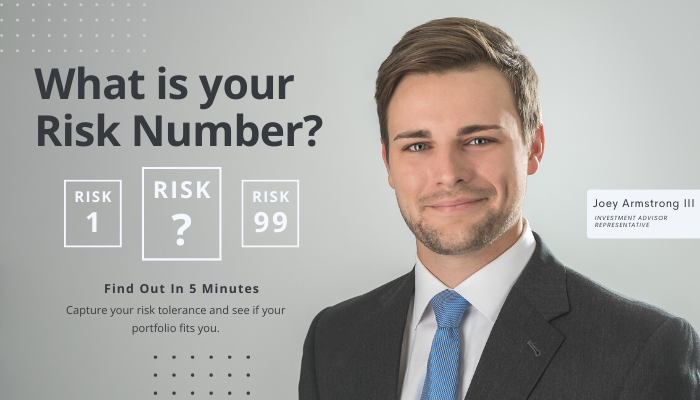► TAKE YOUR FREE RISK ASSESSMENT| Get started on your risk test now by clicking above, or read below to understand the philosophy behind investor personalities and investor risk tolerance. This test is free, and you will automatically receive your results after the answers are submitted.
|




 Managing risk in an investor's portfolio, as well as managing their expectations about risk, can be very challenging. When markets are up, investors want to know why they aren't doing better (which would require more risk than may be appropriate for their portfolio). Conversely, when markets are down, investors want to know why they're losing money (which would require less risk).
Managing risk in an investor's portfolio, as well as managing their expectations about risk, can be very challenging. When markets are up, investors want to know why they aren't doing better (which would require more risk than may be appropriate for their portfolio). Conversely, when markets are down, investors want to know why they're losing money (which would require less risk).